If we analyze the profiles of many drivers who have arrived in Formula 1 from the 1960s onwards, we would see that most of them have started "doing laps" with karts. Since, in 1956 in the United States, Art Ingels created this new, strange 4-wheeled vehicle, much water has passed under the bridges: after the first World Championships (held in single race in Nassau / Bahamas) in 1959, ‘60 and '61, which saw the affirmation of the American Robert Allen, the new formula, which continues to be a winner to entry into the world of motorsport, remains linked to the small Italian craftsmen who have developed over the decades the best chassis and the best engines of the various classes. Many drivers and many Champions have become professionals reaching the top of motoring.
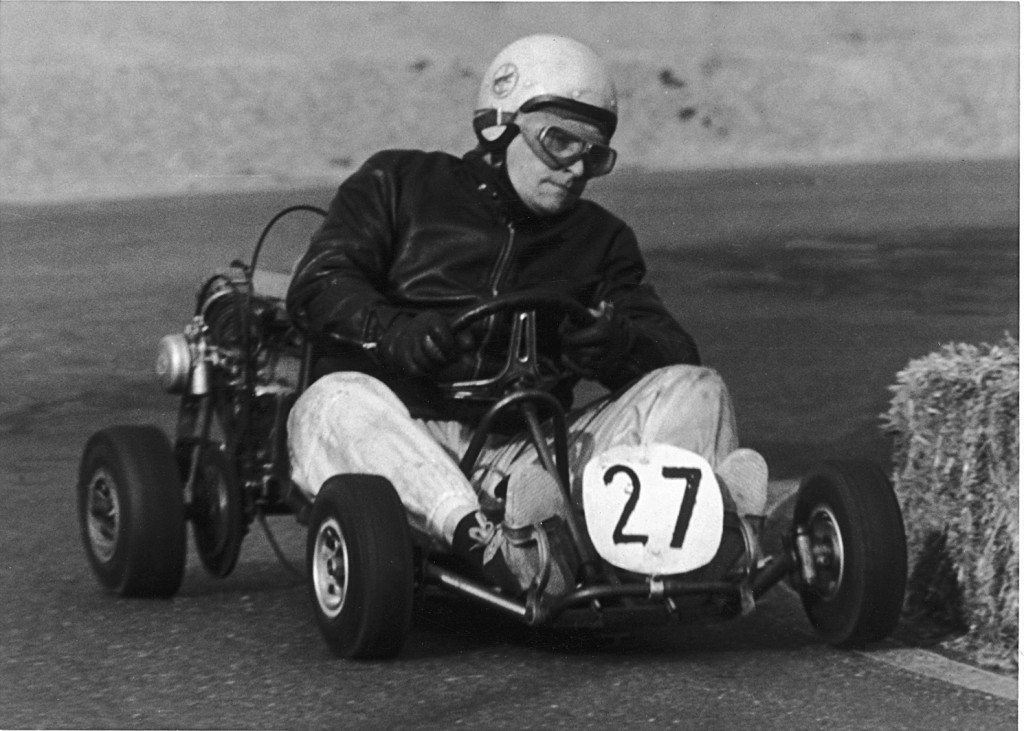
Luciano Pederzani.
However, in the history of this sport, there is only one manufacturer who went all the way up the ladder leading to Formula 1 starting from karts and it is a Bolognese manufacturer, Tecno, born from the genius of Luciano Pederzani, an extraordinary character who, with the help of his brother Gianfranco who was entrusted with the task of "accountant", asserted himself in the difficult world of racing.
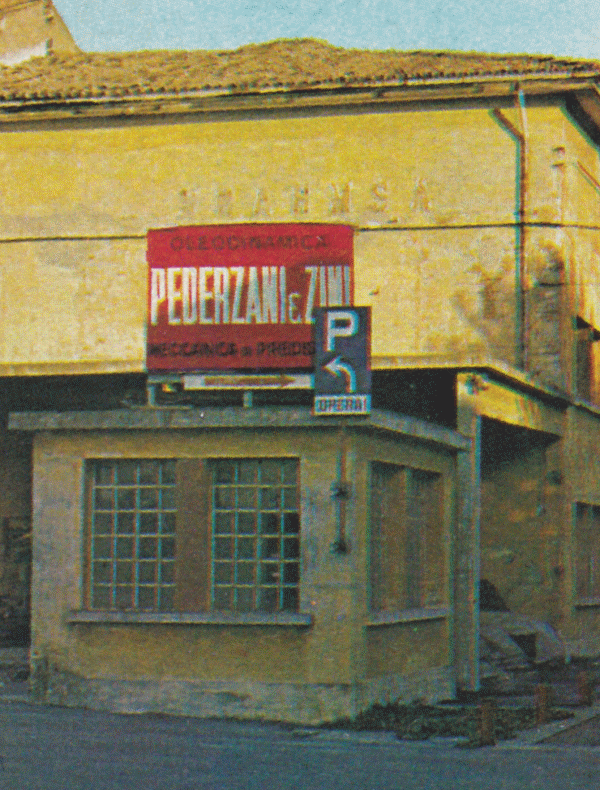
The Pederzani brothers were owners of a successful company in the world of hydraulics, the area that of Ducati, already then a manufacturer of motorcycles with a soul and of Weber, one of the most incredible realities in the world of carburetors, both Italian excellences of reference. The small racing cars, which arrived in our country thanks to the interest of Nicolò Donà Delle Rose, who imported the first American-made specimens from England since 1957, met, in addition to the public's favor, also the interest of Luciano and Gianfranco Pederzani.
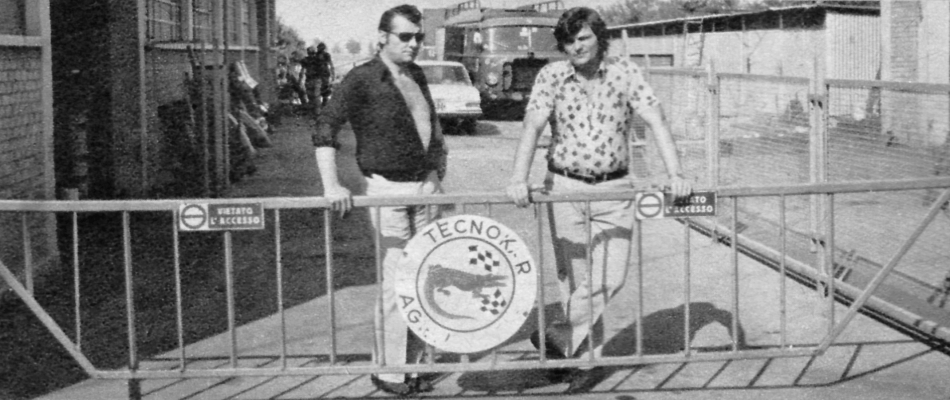
Nino Zini joins them and, in 1962, TecnoKart is born.
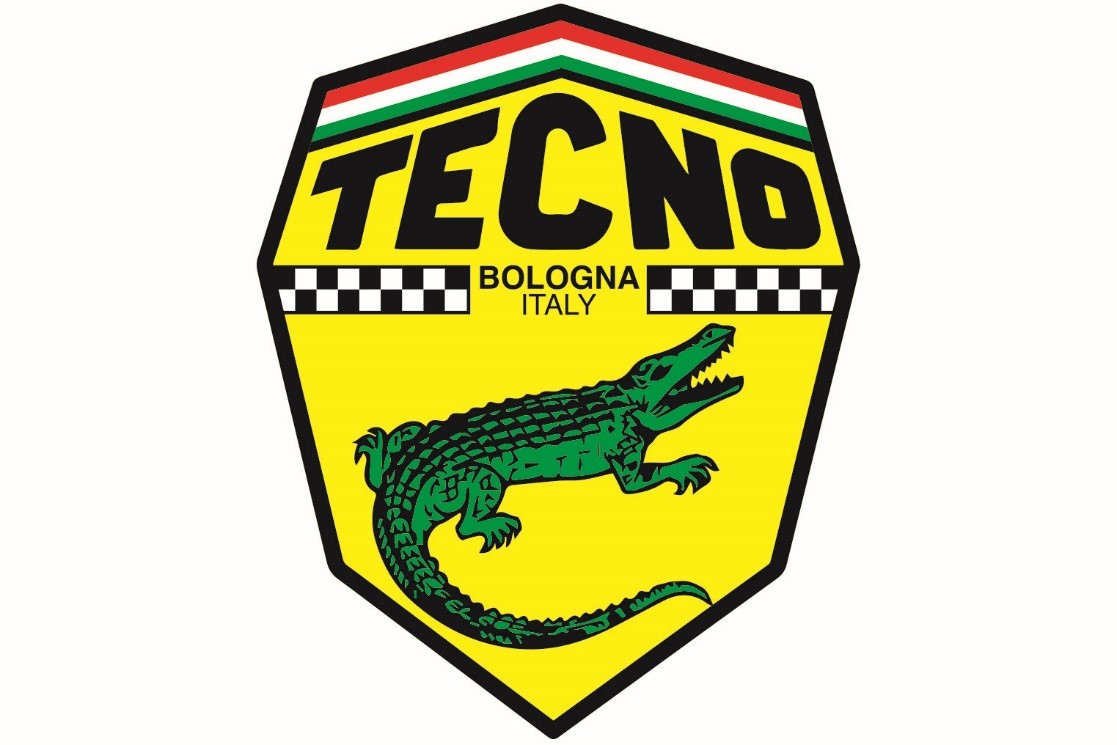
The symbol of the new, small artisan reality is a caiman, derived from the name of one of the first Tecno chassises. It is the Kaimanos, the Jollys and the legendary Piumas that have established themselves internationally, thanks to their avant-garde technical characteristics. In fact, for years they will dominate the rankings of national, international and world championships with an unparalleled sequence of victories in that period.
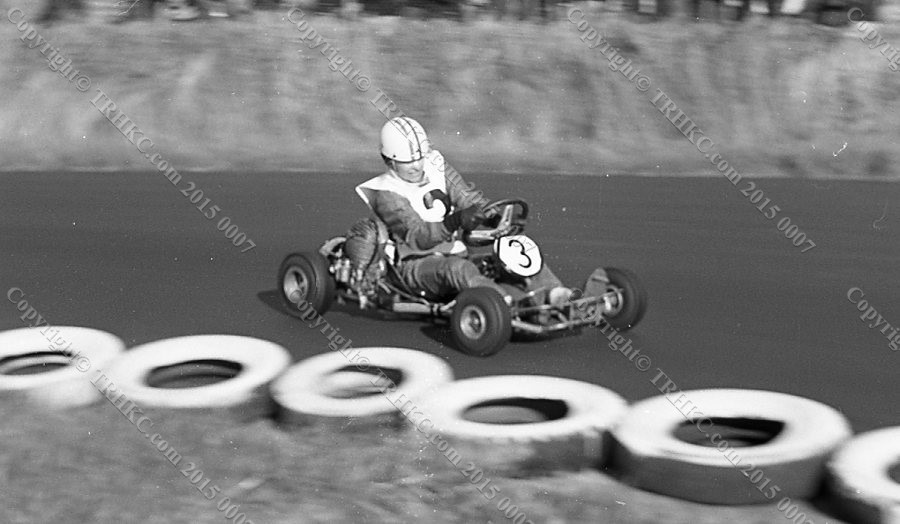
1966 World Champion Susanna Raganelli, Tecno-Parilla.
To remember the one that has remained unique, we mention the 1966 World Championship victory of Susy Raganelli, the only female representative to win the world title.
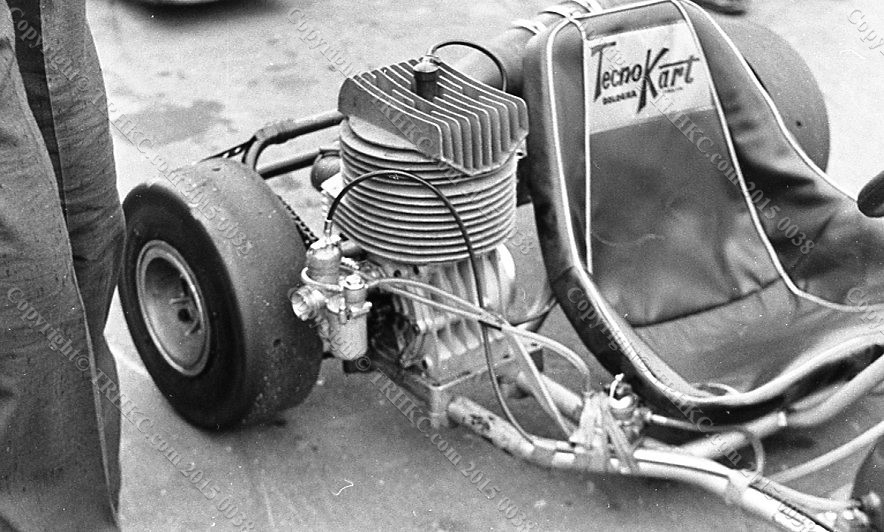
1966 Tecno-Parilla kart.
In light of these results, the Italian Karting Federation moves and asks the Bolognese manufacturer to create a training single-seater that is easy to manage, cheap in spare parts, reliable and with a certain level of performance. In those years you raced a little everywhere: city tracks, circuits closed to traffic obtained from different areas by destination, tracks and "uphill", that is on hill or mountain roads to be driven down as quickly as possible. Many risks but guaranteed fun!
Tecno presents the K 250, also called Formula 4: in practice it’s the chassis of a kart but of greater dimensions, with fairing and 4 disc brakes, independent front suspensions with overlapping triangles and a De Dion rear axle. The most common engine is the Ducati single-cylinder, a 250 cc motorcycle-derived unit with 5-speed gearbox (only the first prototype was equipped with a 2-stroke twin-cylinder Parilla engine). Alternatively, the drivers could choose engines with the same characteristics produced by Benelli, Moto Morini or Aermacchi: in practice, it was a sort of automotive autarchy ...
The success of the new single-seater is immediate: the performances are thrilling and the races, often held in conjunction with those of the various motorcycle championships, attract an ever-increasing number of competitors. Not only that: the K 250 is requested and sold throughout Europe (the Husqvarna engine will be adopted in Sweden!). And orders will even arrive from Morocco and the United States.
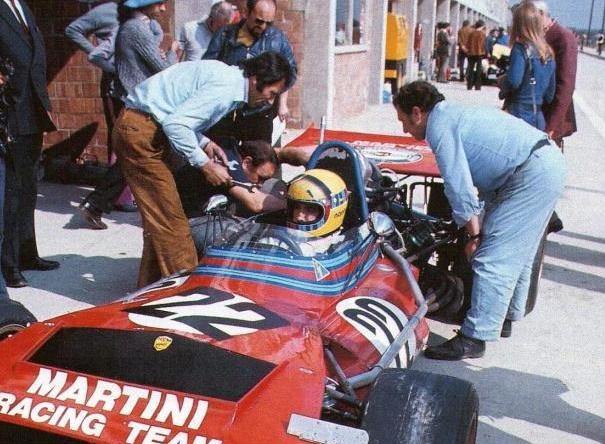
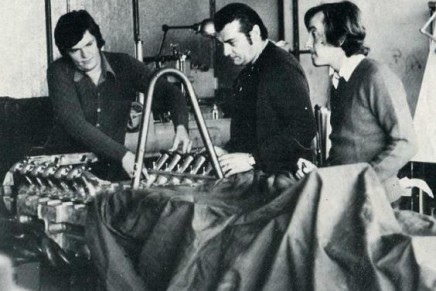
Among the many drivers of this Formula 4 we remember Giancarlo Naddeo, Carlo Francisci, the brothers Tino and Vittorio Brambilla, Gian Carlo Martini, Carlo Giorgio, Gian Luigi Picchi and Duilio Truffo.
The challenge becomes interesting when you start thinking about the next category, which allows single-seater manufacturers to create a chassis on which it is possible to install different engines according to the national regulations of each individual championship. In Italy we have in fact the Formula 850 which adopts the FIAT engine to which the gearbox of the 500 mounted on the contrary is coupled as it has the opposite direction of rotation (mysteries of the Turin company), in France there is the Formule France with a 1300 cc Renault Gordini engine, the Ford 1500 was used in England and then, from 1970, the displacement was increased to 1600 cc.; just to know, Formula Ford will race a little everywhere, even in Italy and continues, with new regulations, to be one of the most formative and widespread training formulas in the world.
A separate story for the Formula Atlantic. In 1969 several orders were received for chassis to be coupled to the Ford Lotus twin-cam 1600 engine. These are years in which commitments are high and it is difficult to produce with a certain regularity. To make the situation even more complicated, we add the strikes and protests of the period. In the end, only about fifteen chassises will be sent overseas.
Meanwhile, on the same basis, Luciano Pederzani creates a revolutionary Formula 3 single-seater. His concepts are very "basic": simplicity in construction, an easy intervention in case of repairs "in the field", short wheelbase, wide tracks, rigid suspensions with little travel, an essential line. Concepts very close to those of karting which many consider "wrong". Will it work?
The success is sensational: the victories are followed by other victories, the Championships are often dominated, the drivers reach new limits with the certainty of having a sincere, easy and competitive car in their hands in all circumstances.
The F3 adopts the Ford 1000 cc engines with rods and rocker arms of Anglia derivation with choked manifold and single-body carburetor power supply. It would seem a very penalizing limitation but the reality is very different. Novamotor, the Novarese company of the Pedrazzani brothers, elaborates the engines in an excellent way, reaching 120 hp and with an optimal use regime between 7,000 and 10,000 rpm: science fiction numbers even today, astonishing back then when the electronics were not there yet (for years they will be among the best elaborators of these small wonders) but it is above all the Tecnos to break the bank.
The drivers are many: Ronnie Peterson, Reine Wisell, Tino and Vittorio Brambilla, Mauro Nesti, Francois Mazet, Francois Cevert, Carlo Facetti, Clay Regazzoni all pass under the Two Towers and all with extraordinary results.
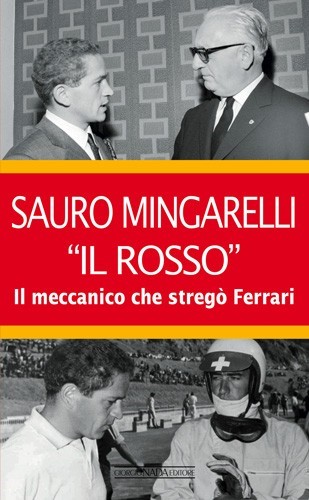
At work, in addition to Magdalo Volta, from the beginning among the protagonists of the Tecno adventure, there will also be a character of the caliber of Sauro Mingarelli, owner of the famous Sauro workshop, a world reference for production Ferraris (and not ...) which still today, under the direction of his partner, Luciano Mingarelli, continues with the Reds of Maranello also of epoch.
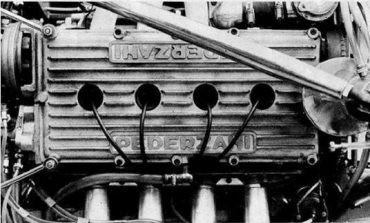
Tecno Formula 2 engine.
In the same period, that is from 1968, Tecno also produces several Formula 2 single-seaters. In short, which is not easy and thanks to the results achieved, in 1970 the official Tecno of a young man from Ticino, who goes fast as a bullet, wins the European Championship in the category. The driver, who is the perfect element to complete this alchemy, is none other than Clay Regazzoni who finds a new family in the Pederzani home.
In the meantime, some rule changes have made Tecno less competitive in the various categories. To most, Luciano may seem distracted and slow to react to the needs and requests of his customers; in reality he is focused on a new, incredible project.
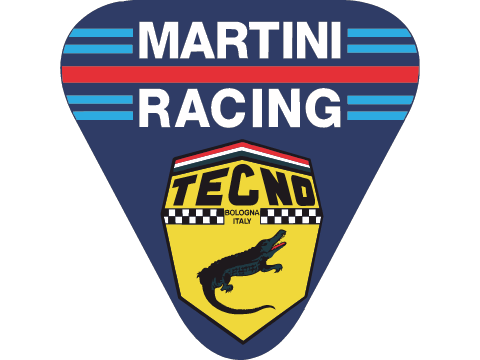
There is a sponsor willing to believe in it and to "bet" on Tecno: Martini & Rossi. The idea is fascinating, "madness" has never been a limit for the inhabitants of this which is the "Land of Motors" and Pederzani decides, unlike what had happened until then, to make everything "at home", even the engine. And what an engine: a flat 12-cylinder at 180 degrees, an "opposed" like the Ferrari boxer (which is not a boxer, but that's another matter).
We are in 1972. The challenge is launched, the works are infinite, the complexity implies commitments for hours, absolute sacrifices and pains and sufferings beyond all logic, but nobody stops. The dream is too good to stop right now.
Perhaps this is where the problem arises. Count Gregorio Rossi from Montelera, a great racing enthusiast, a connoisseur of cars and drivers as well as sponsor of the operation, perhaps due to an excess of zeal or to better look after his own interests or again and more likely to lighten the tasks and the responsibilities of the Bolognese brothers, asked John Wyer for advice who suggests him to hire David Yorke as Sporting Director.
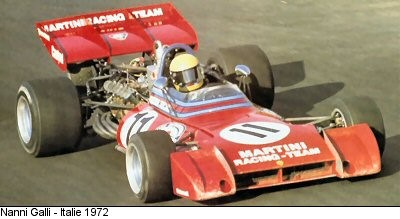
The drivers will be Nanni Galli and Derek Bell.
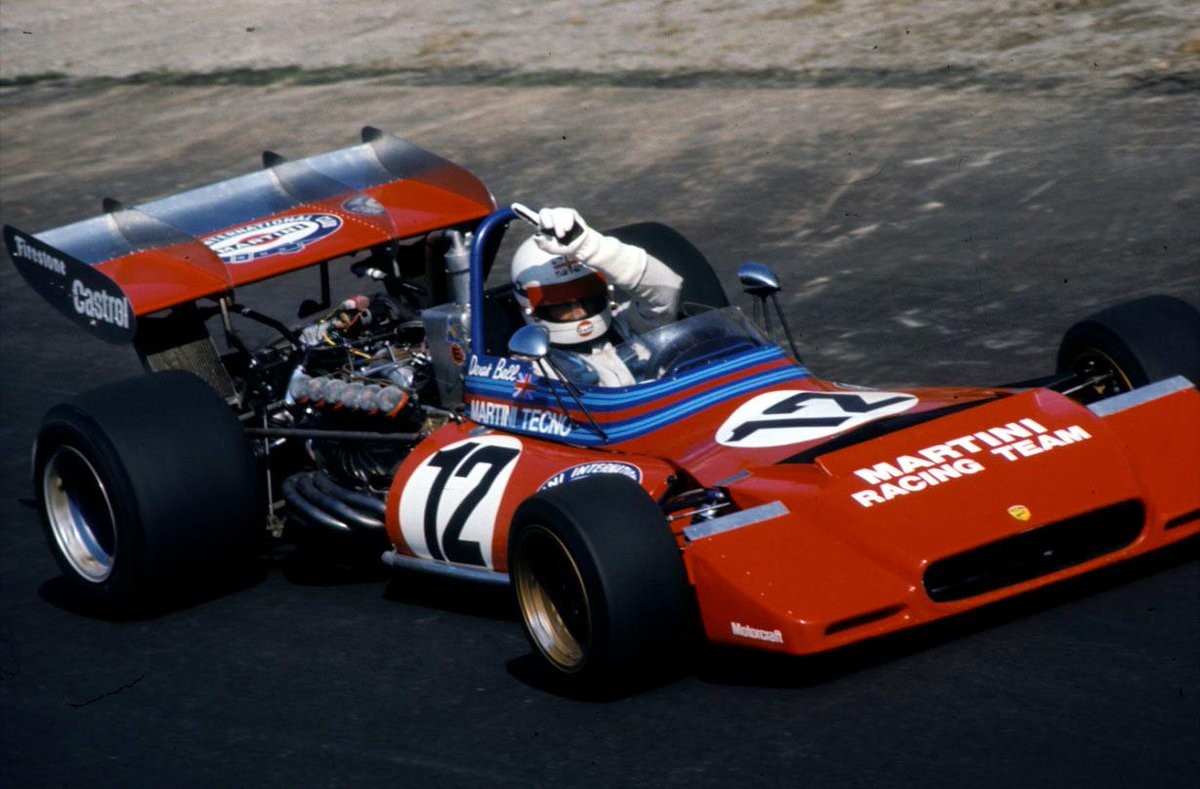
Derek Reginald Bell (GBR) (Martini Racing Team), Tecno PA123 - Tecno Series-P 3.0 F12 (DNQ) at the 1972 Italian Grand Prix, Autodromo Nazionale Monza.
The results were slow to arrive and only on 18 June in Vallelunga, for the first and only Grand Prix of the Republic, not valid for the World Championship, Nanni Galli manages to bring his Tecno to the podium. A third place that gives some confidence to the members of the Bolognese team.
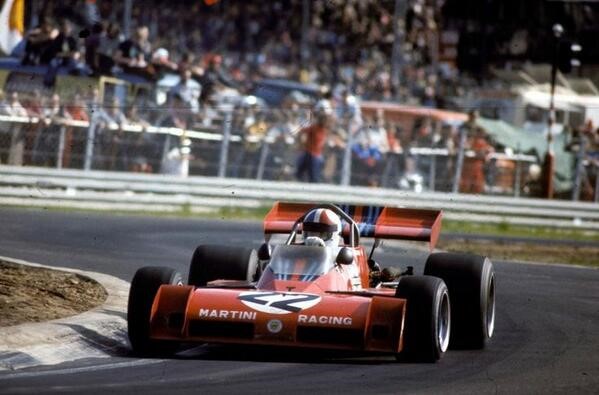
Chris Amon, Tecno PA123, at the 1973 Belgian GP, Zolder circuit.
After a first season that proves difficult due to the team's inexperience, Chris Amon is hired.
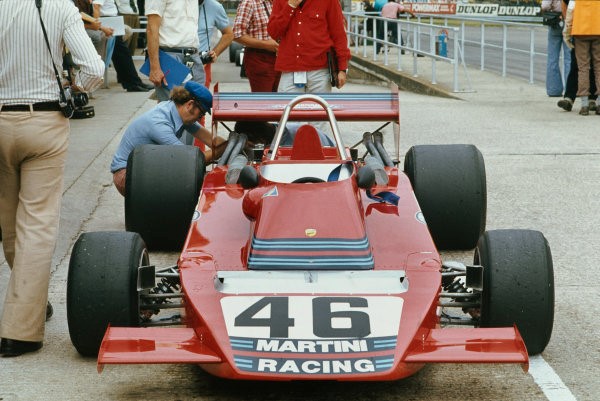
British Grand Prix, Silverstone 12-14 July 1973. Chris Amon's Tecno E731 in practice. Lat photographic.
The New Zealander, one of the best drivers of his generation, could be decisive in the development of the new single-seater of the highest Formula. Everything seems to be going in the right direction, the engine shows important signs of growth thanks also to the arrival of engineer Bocchi (former Ferrari), when a real bomb explodes inside Tecno: on the one hand the Pederzani who have a new body built by Alan Mc Call, while Yorke orders and has a second body built, different from the first, by Gordon Fowell.
Italian cars built in England. Does it seem strange to you? It shouldn't: the Italian school was still tied to tubular trellis frames and, at most, to riveted or nailed panels, how cars were made in Maranello; in fact, even Ferrari ordered and had its first monocoque made by John Thopmson, owner of JT prototypes Ltd in Northampton (in reality it was the engineer Colombo who decided, in the absence of the Drake who had health problems in 1973 and against the advice of the engineer Forghieri).
The result was that Tecno found itself with a driver and two single-seaters, different from each other, during the 1973 championship.
At the Belgian Grand Prix, the car with McCall's chassis on which Ron Tauranac, one of the best racing car designers ever had also intervened, manages to reach the finish line in sixth place, allowing Tecno to write its name in the ranking of the World Cup. An encouraging result but which is not helpful. The second body, the one wanted by Yorke and built by Fowell, turns out to be slower and less competitive than McCall's and everything becomes unmanageable. There is a "separated at home" climate and moreover, given the uncertainty about which of the two single-seaters to direct development, it is Chris Amon who decides for everyone by abandoning the team at the end of the Austrian Grand Prix practice of that year.
Luciano is out of love and has lost interest.
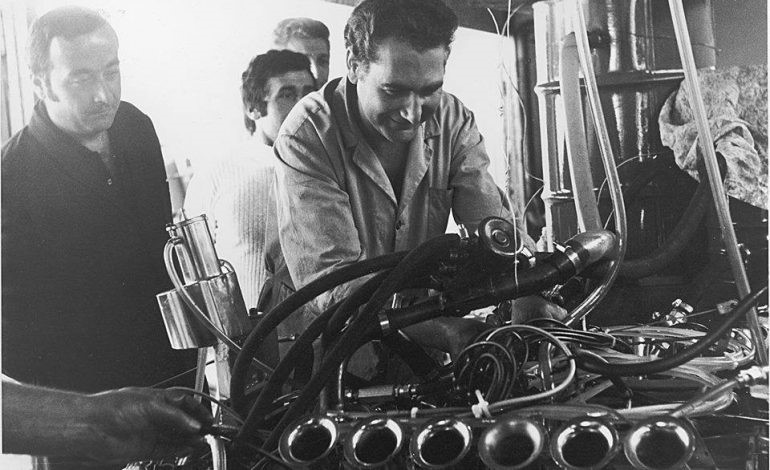
Renato Armaroli.
Together with Armaroli, who supported him in the development work of the 12 cylinders called 123 (12 for the cylinders, 3 for the displacement of three liters), he produced a last engine that was always flat, i.e. at 180°, this time an 8-cylinder of 2000 cc. of displacement, but there is no longer the desire to succeed.
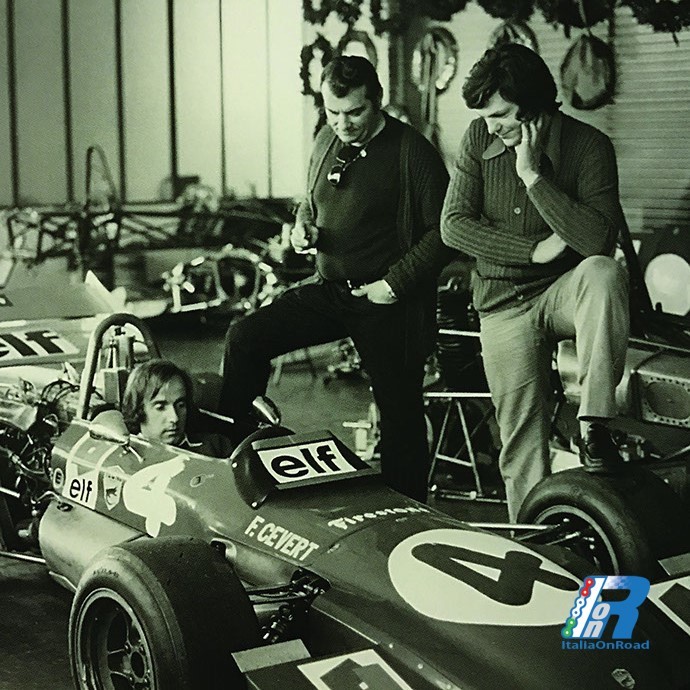
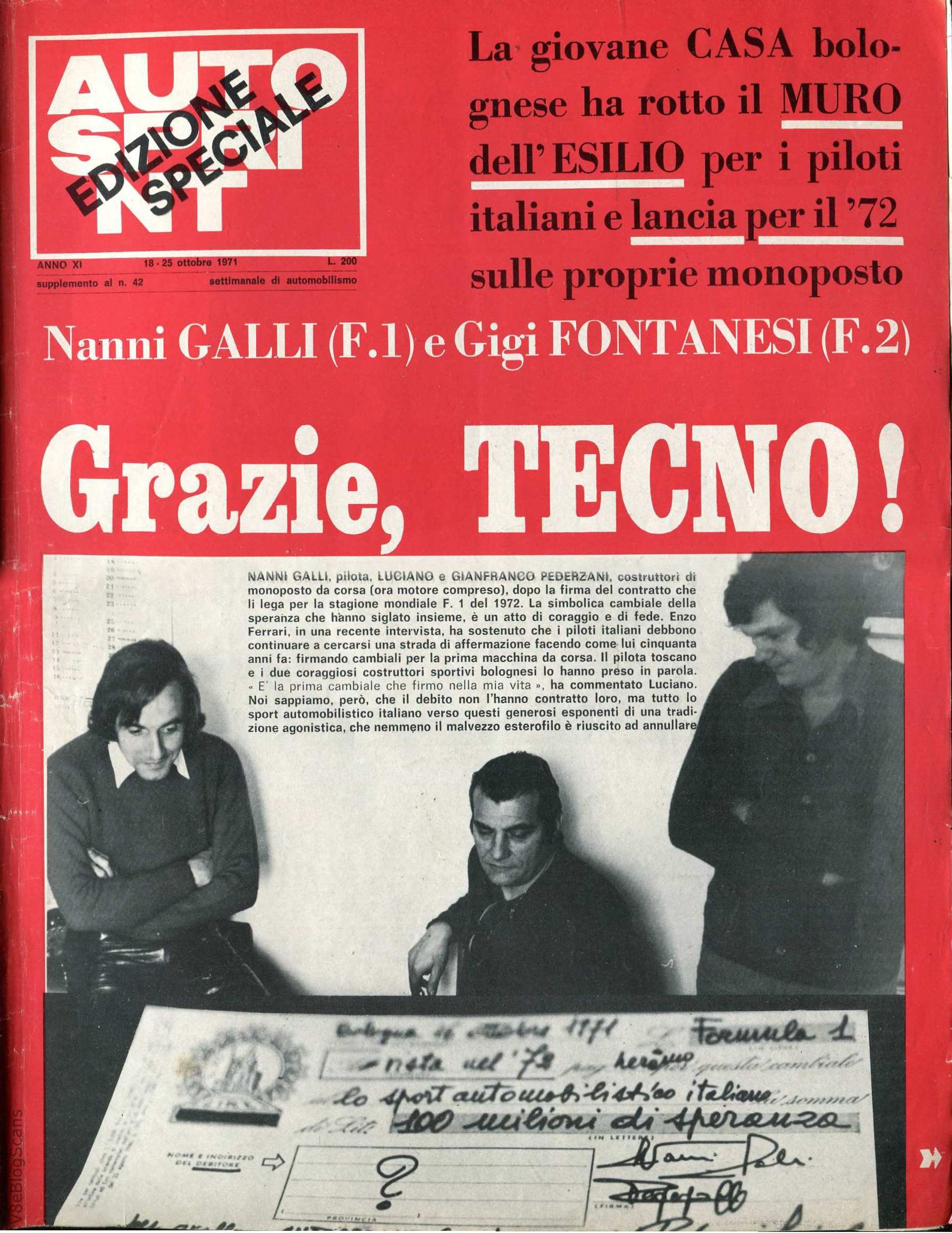
Autosprint, October 18-25, 1971.
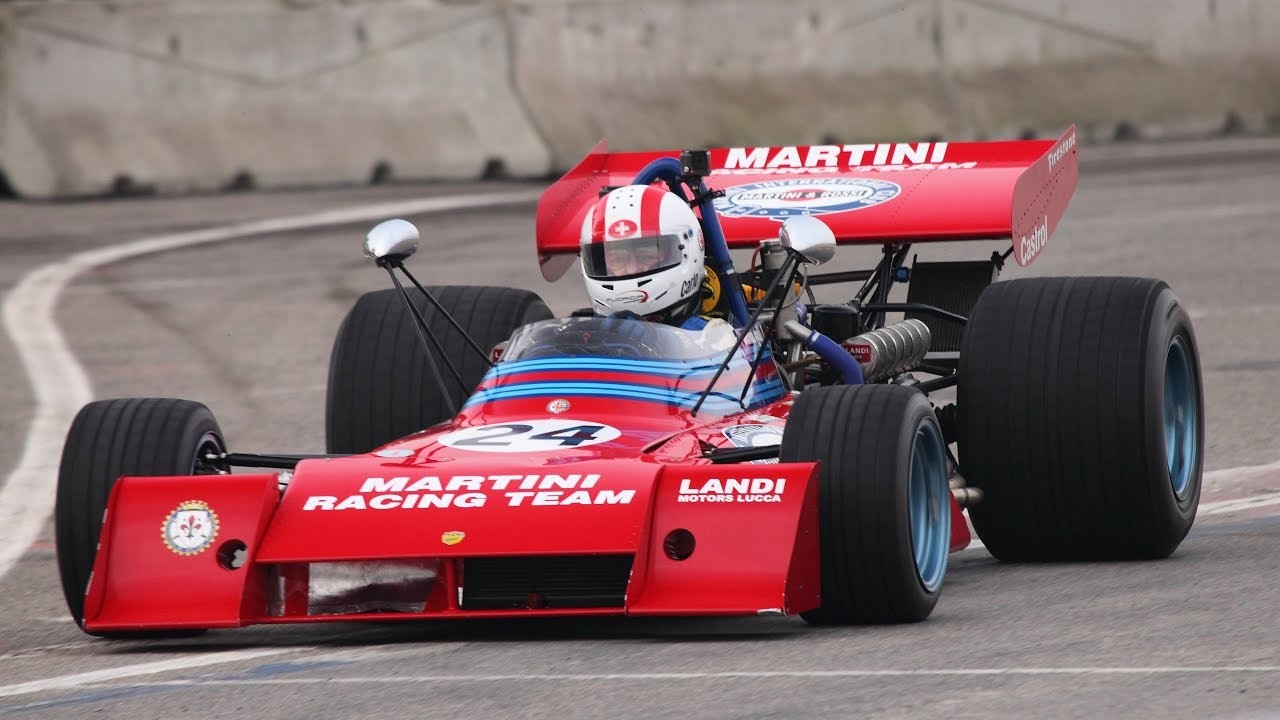
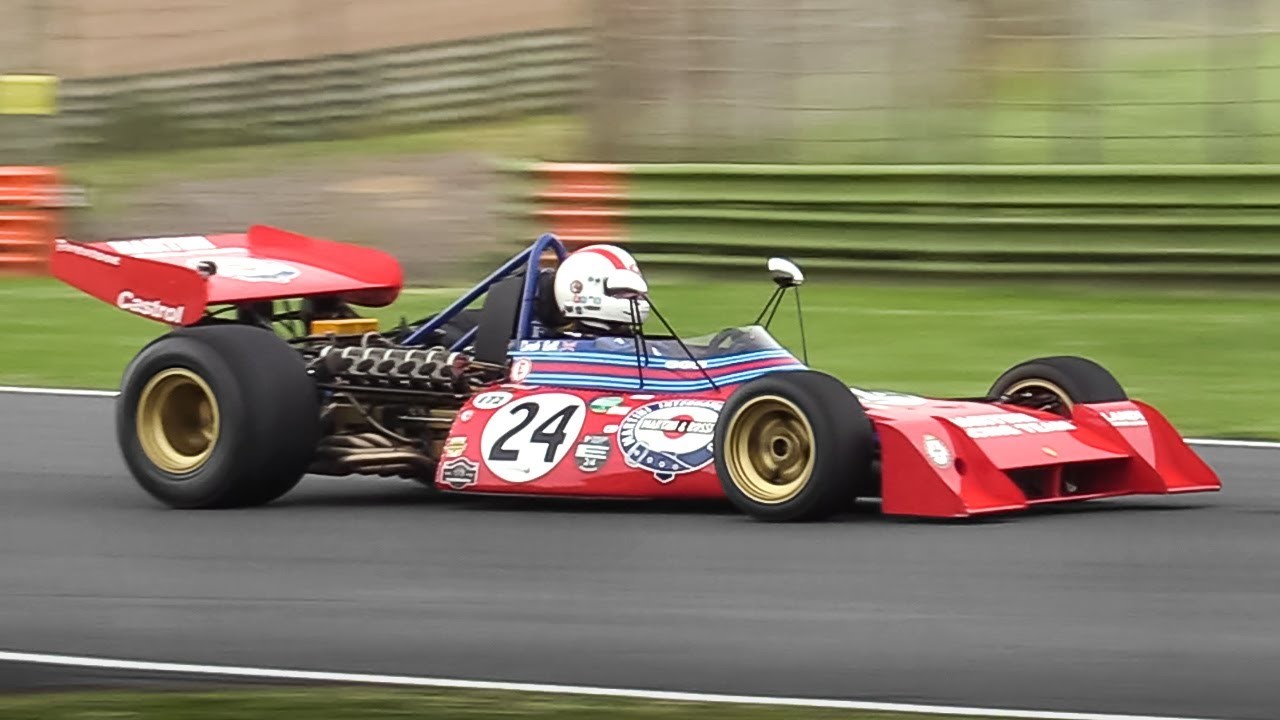
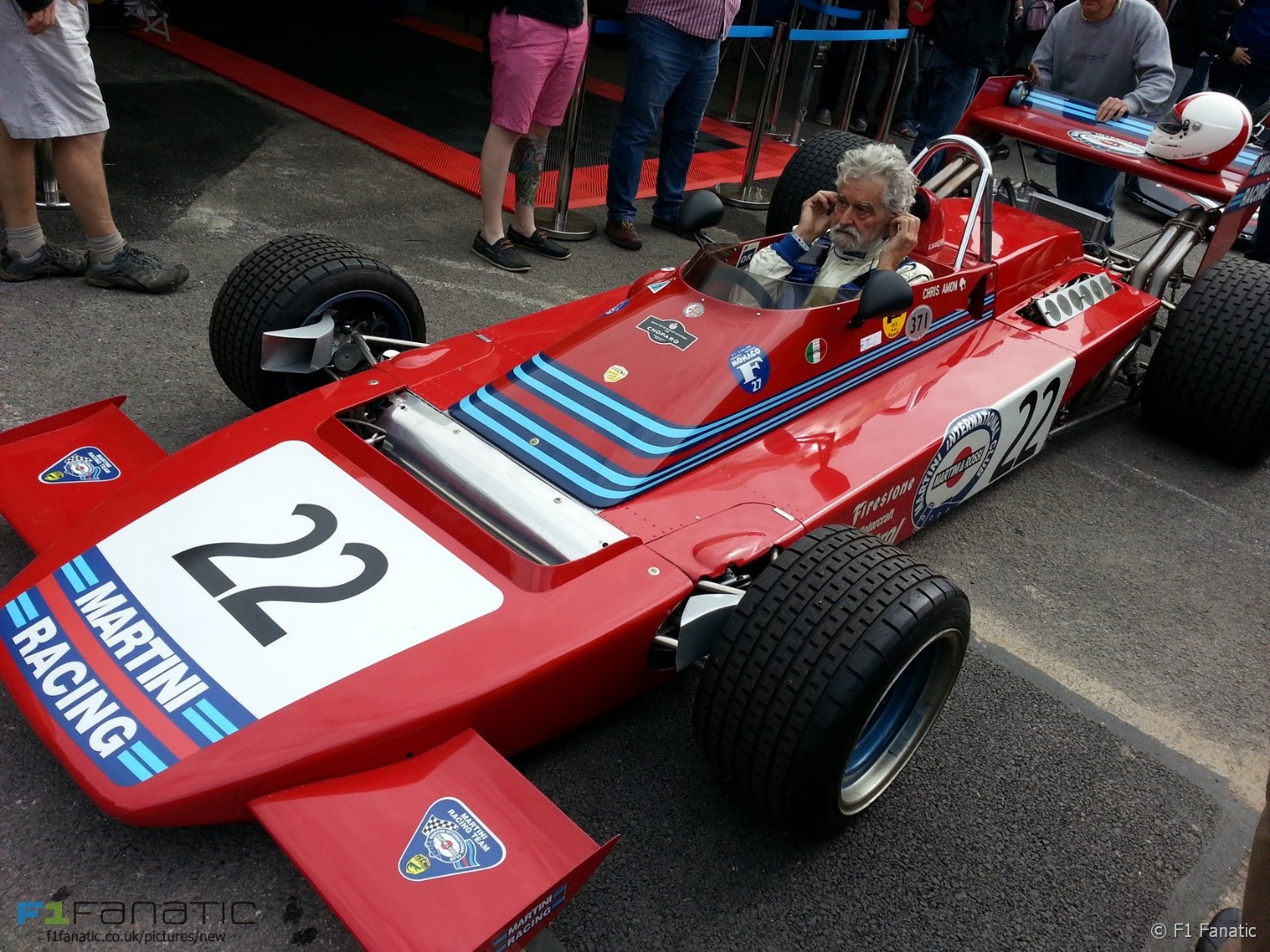
Tecno E371, Goodwood Festival of Speed, 2015.
And so, the game ends and the dream goes out, leaving only one regret: not being able to see what could have been achieved thanks to the genius and passion of people of the caliber of the Pederzani brothers and the group of technicians and mechanics, real artists, who had a dream and the strength to try, guided by an unstoppable passion.
By Alberto Galassi
Photos
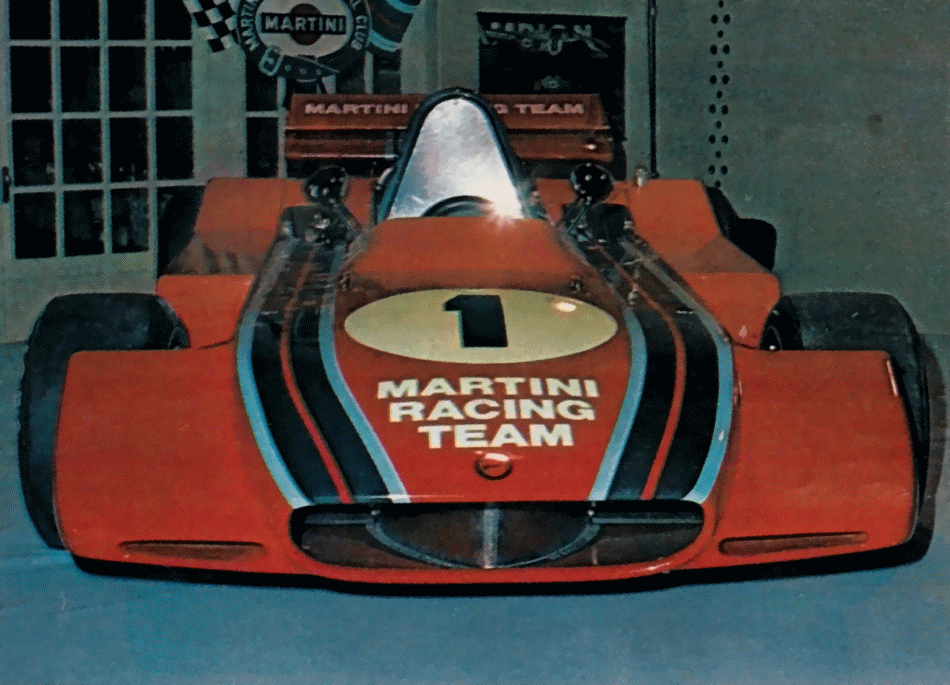
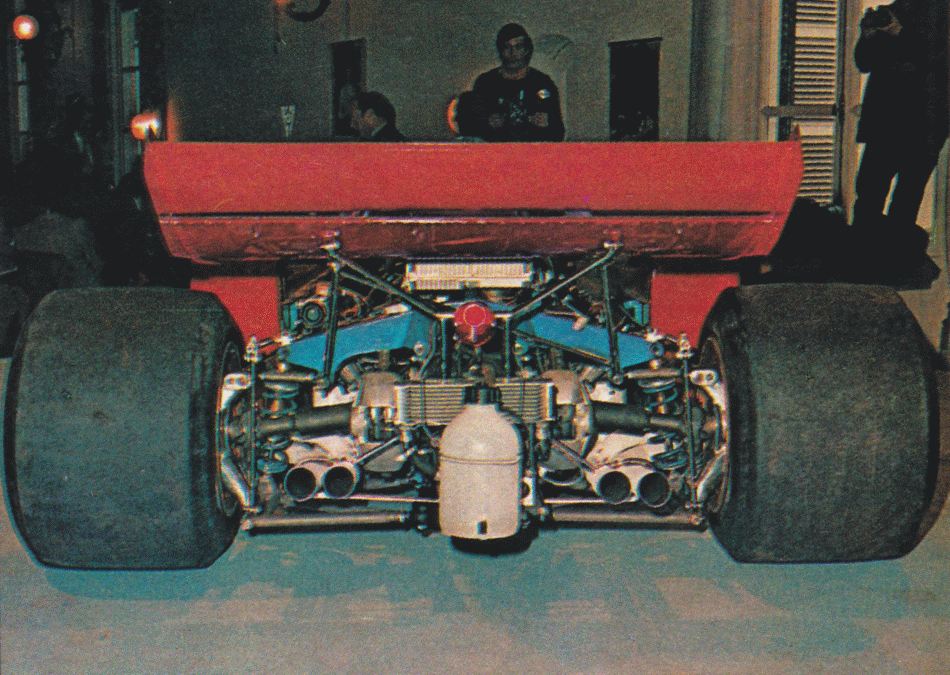
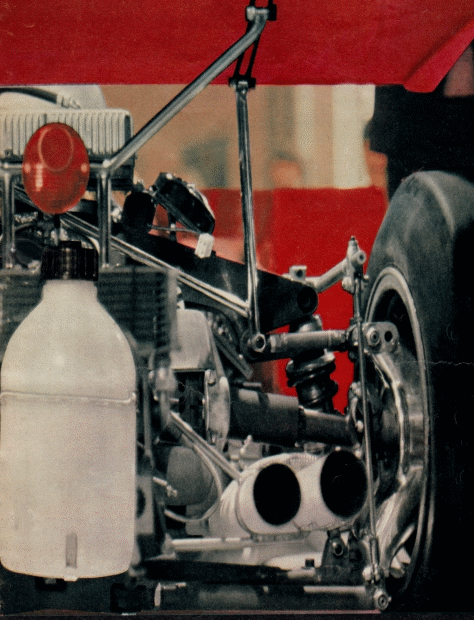
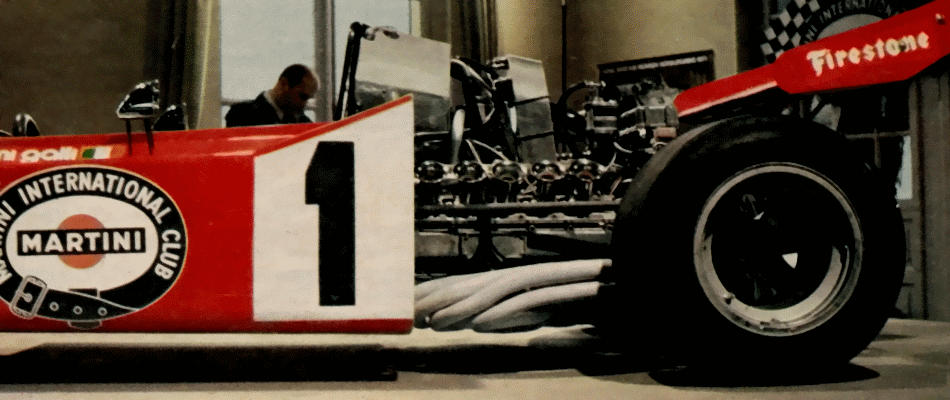
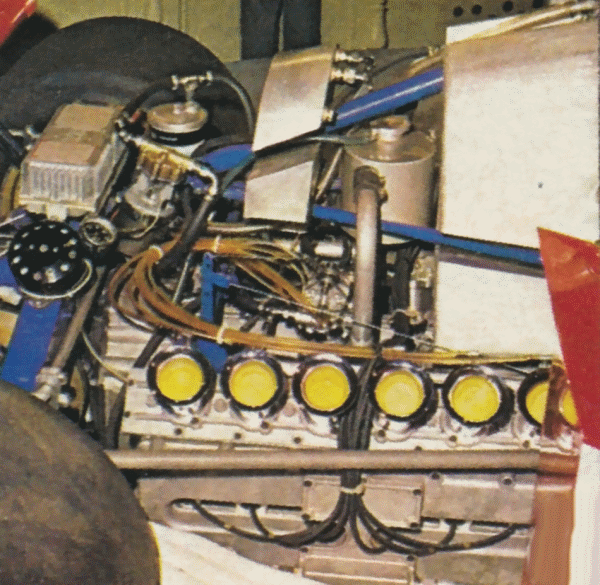
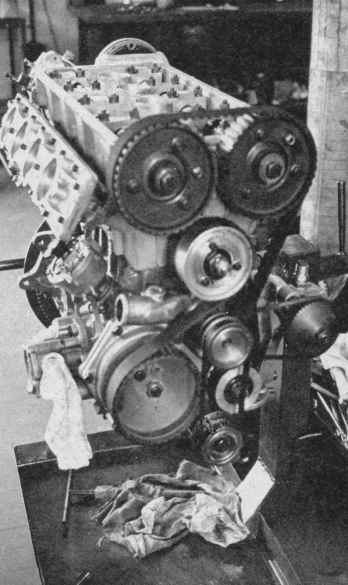
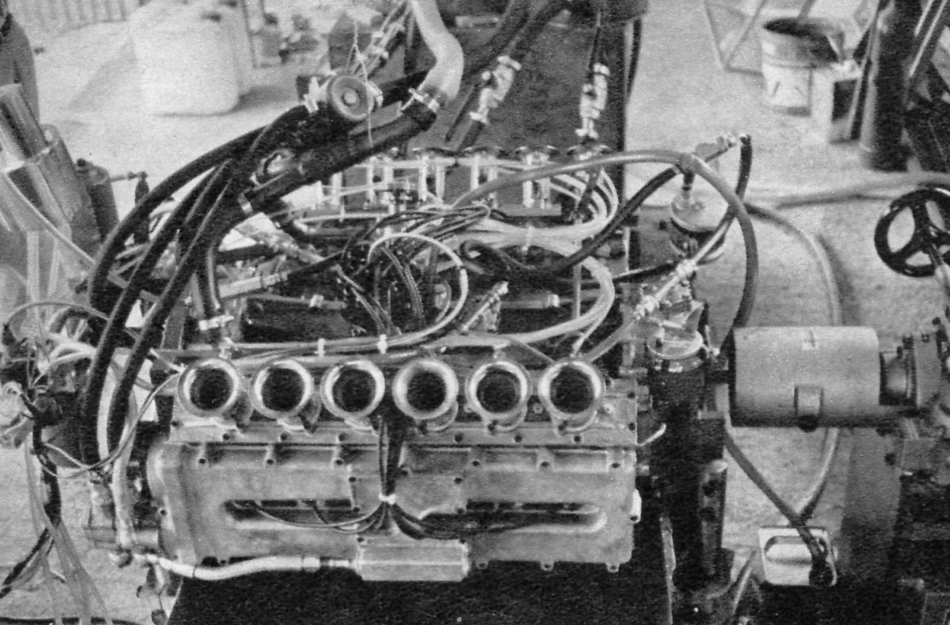
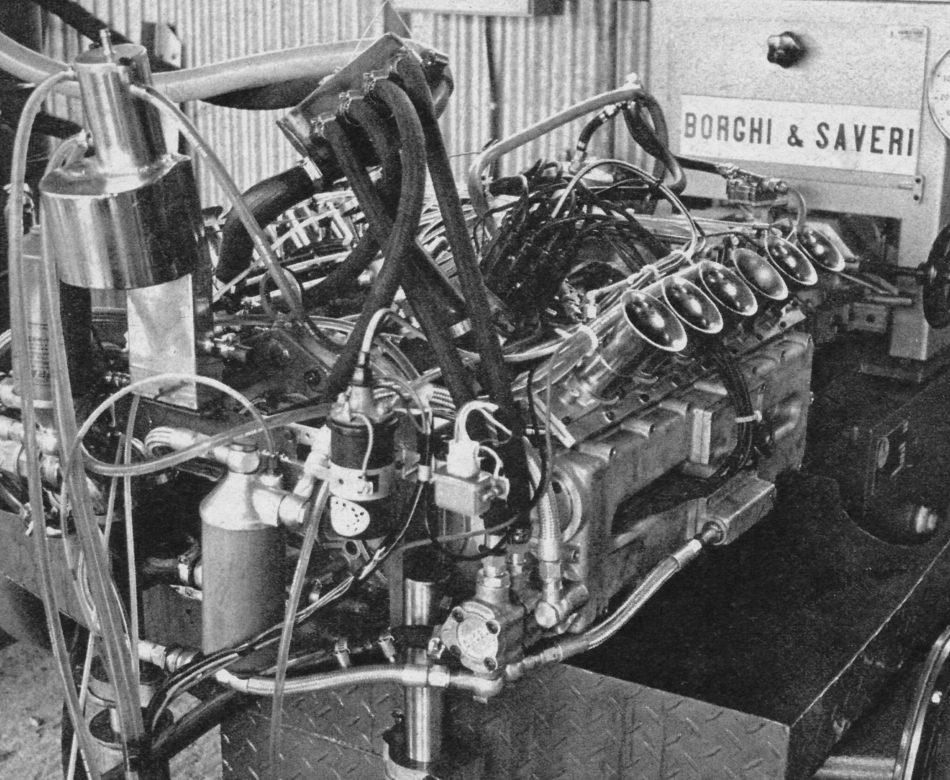
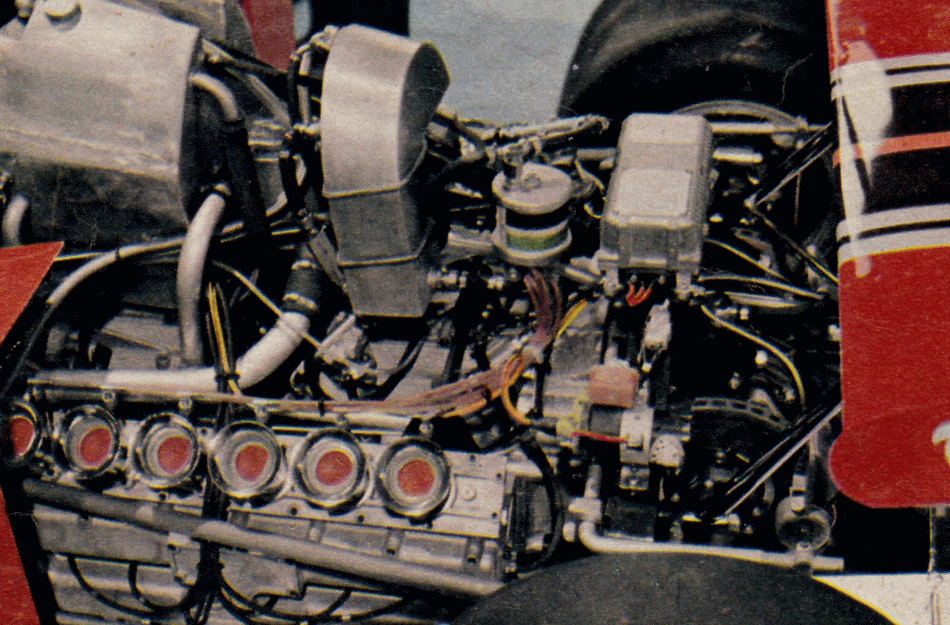


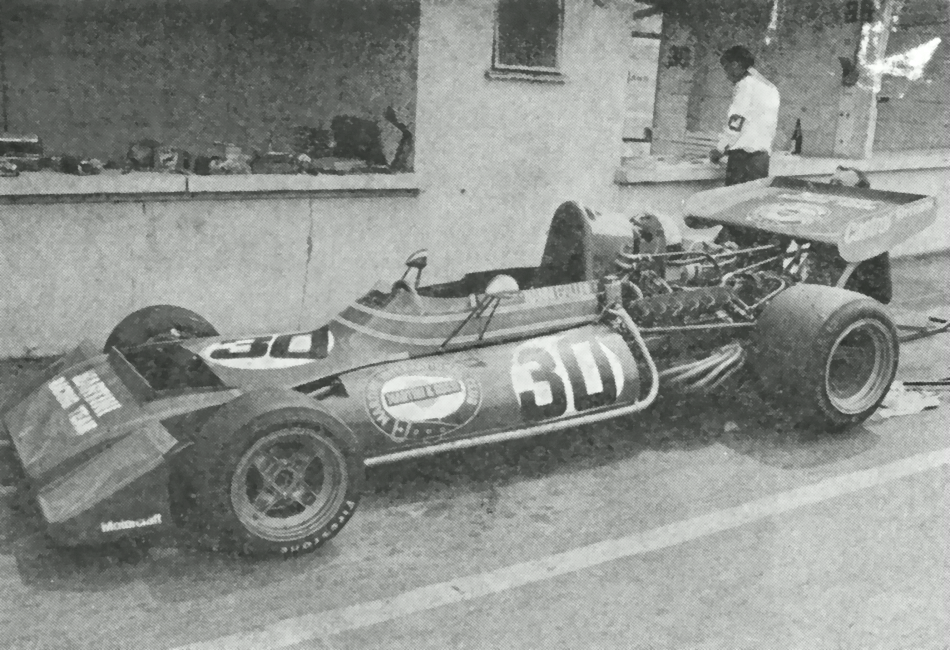
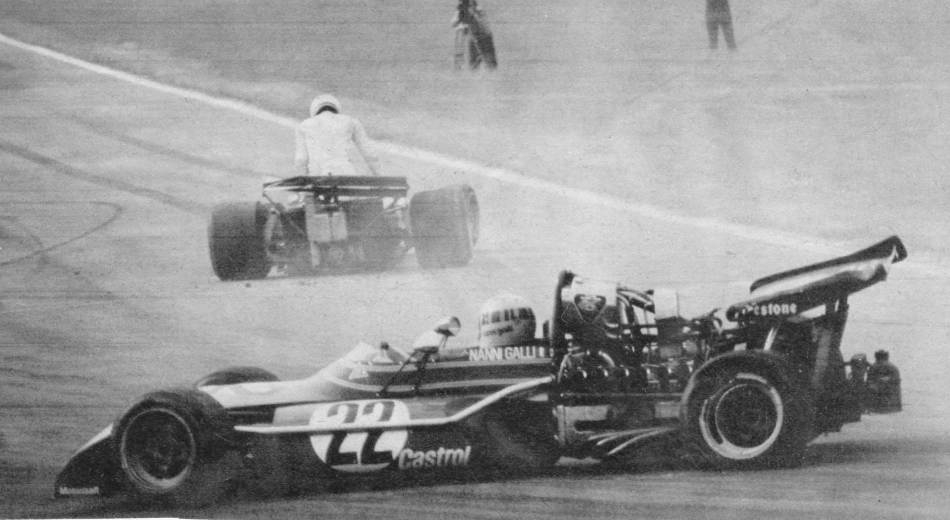
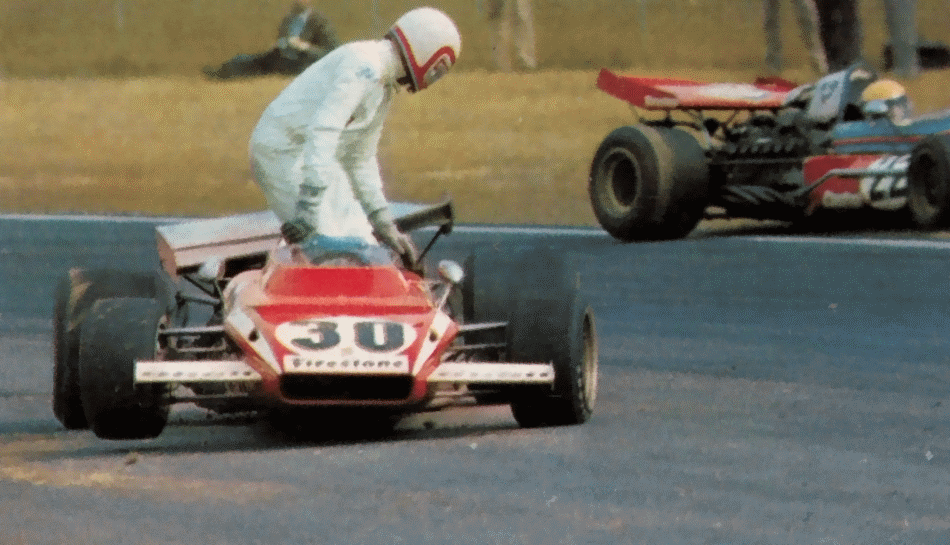

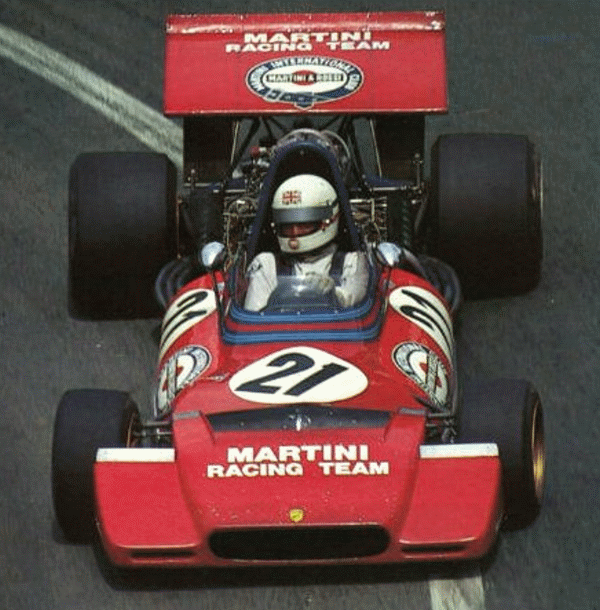
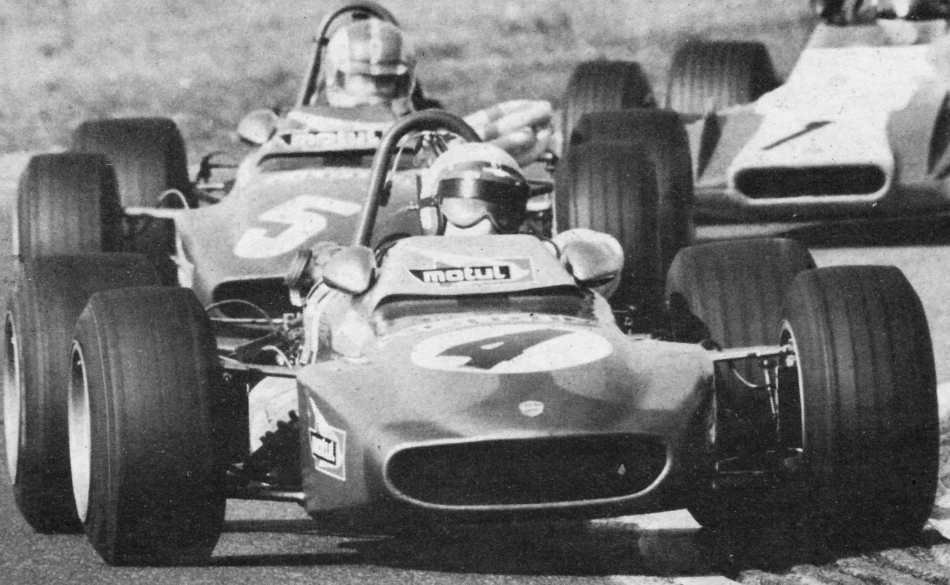
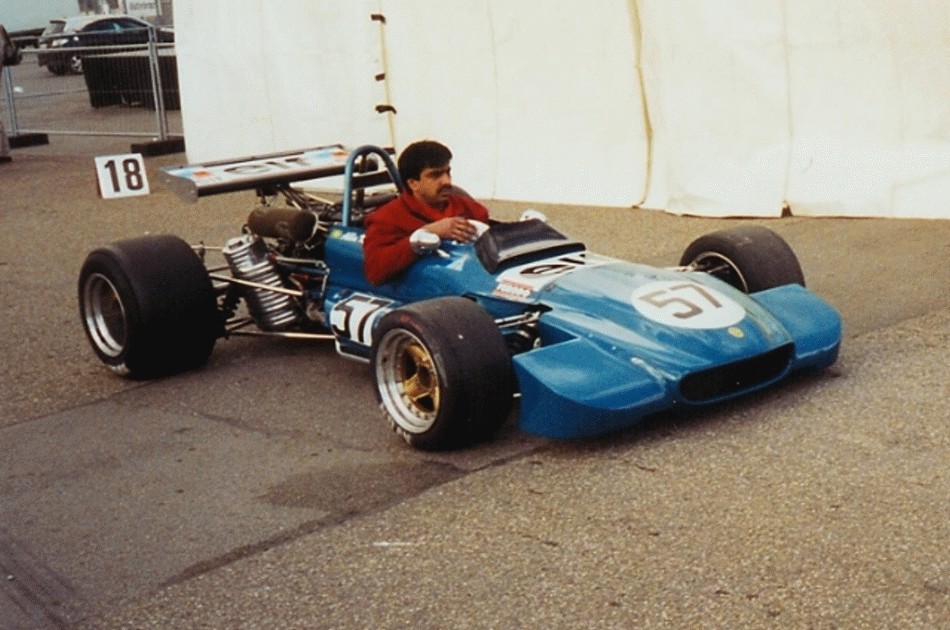
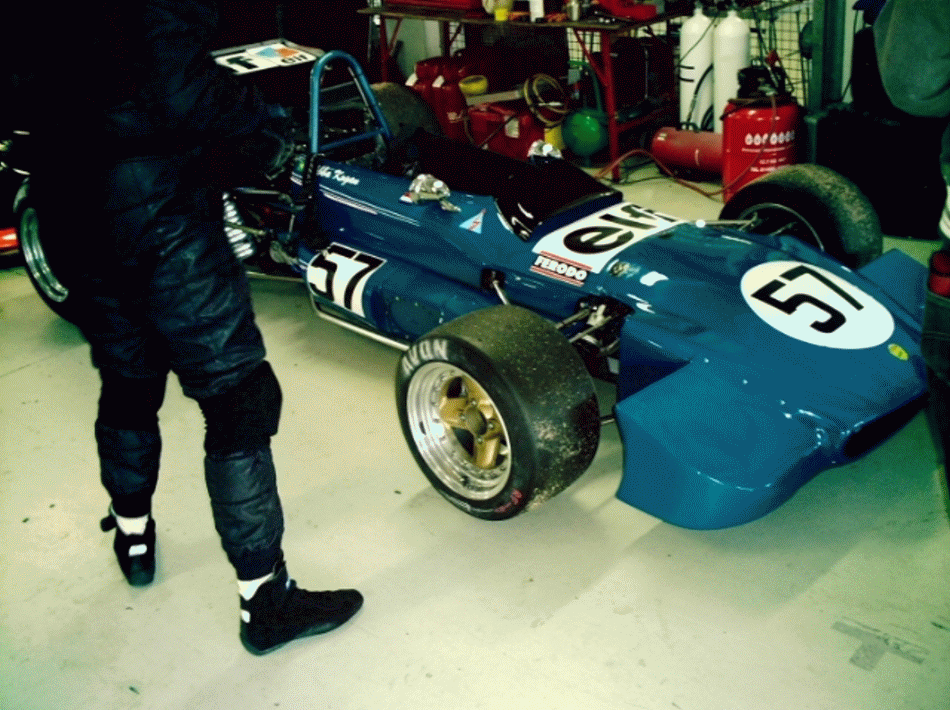
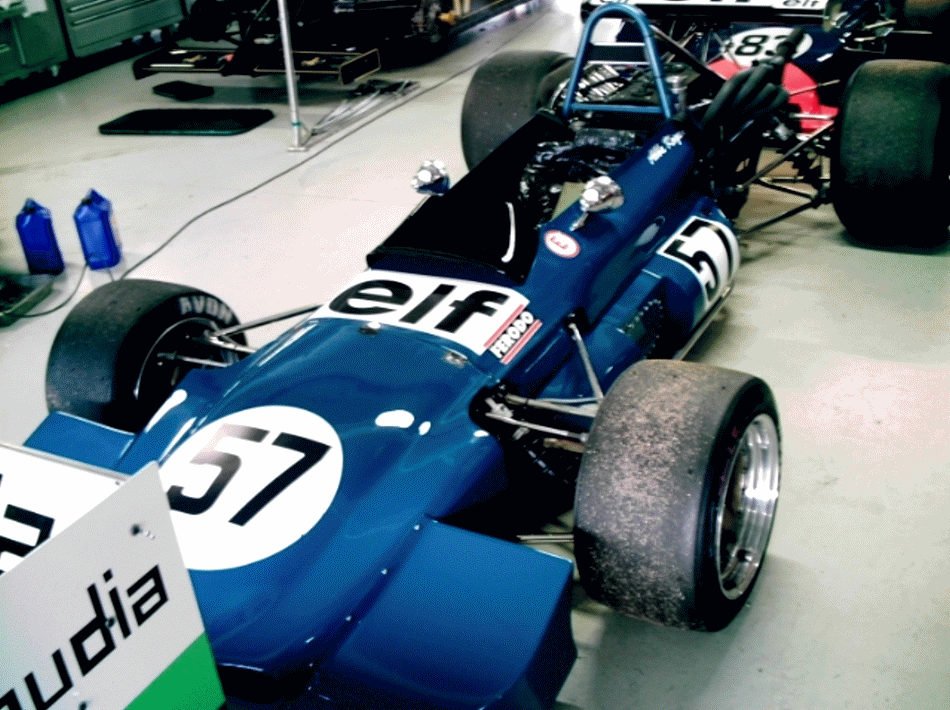
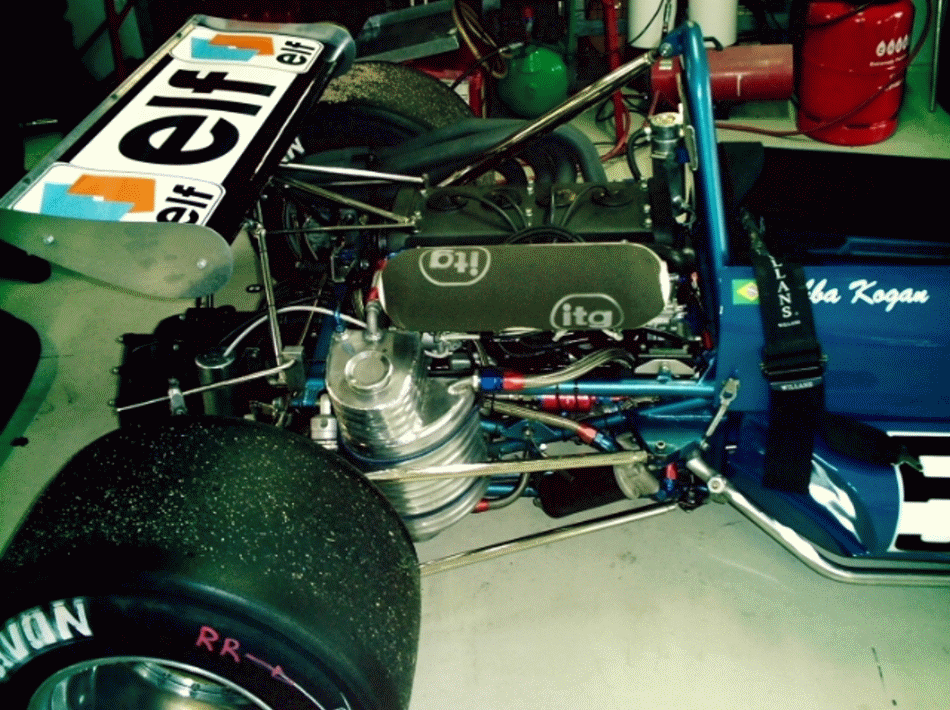

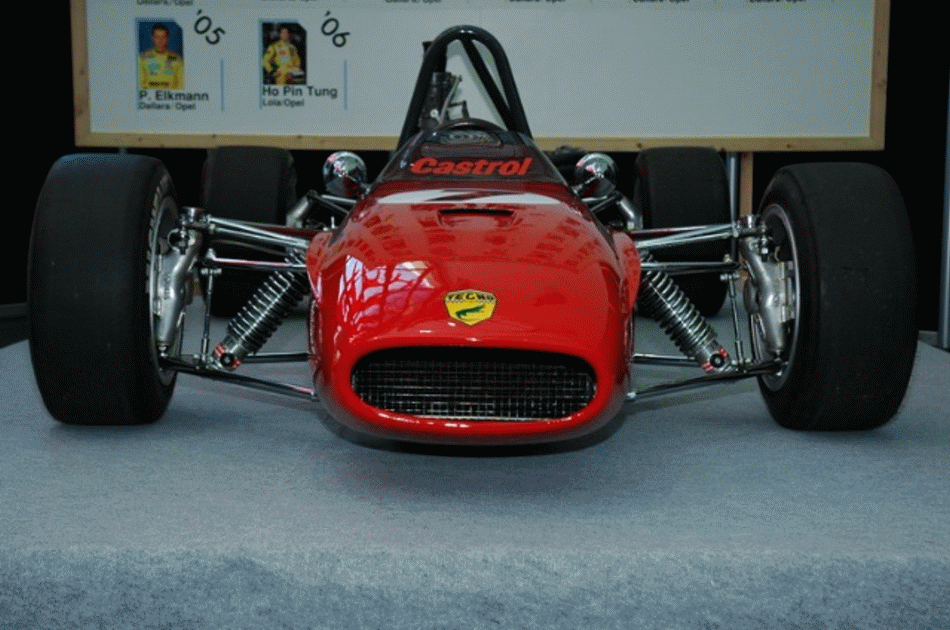
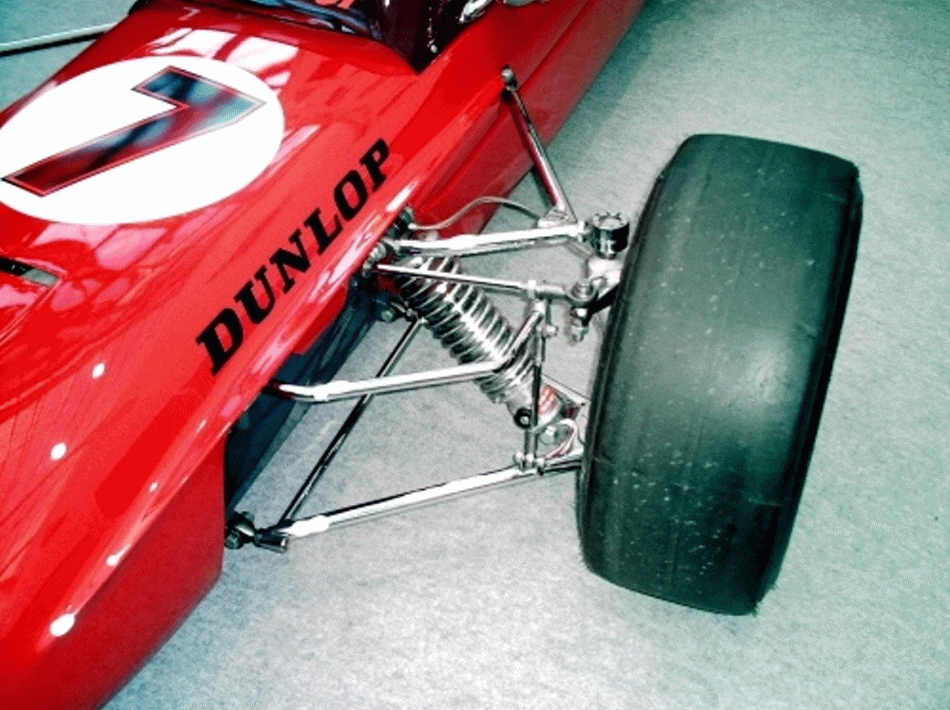
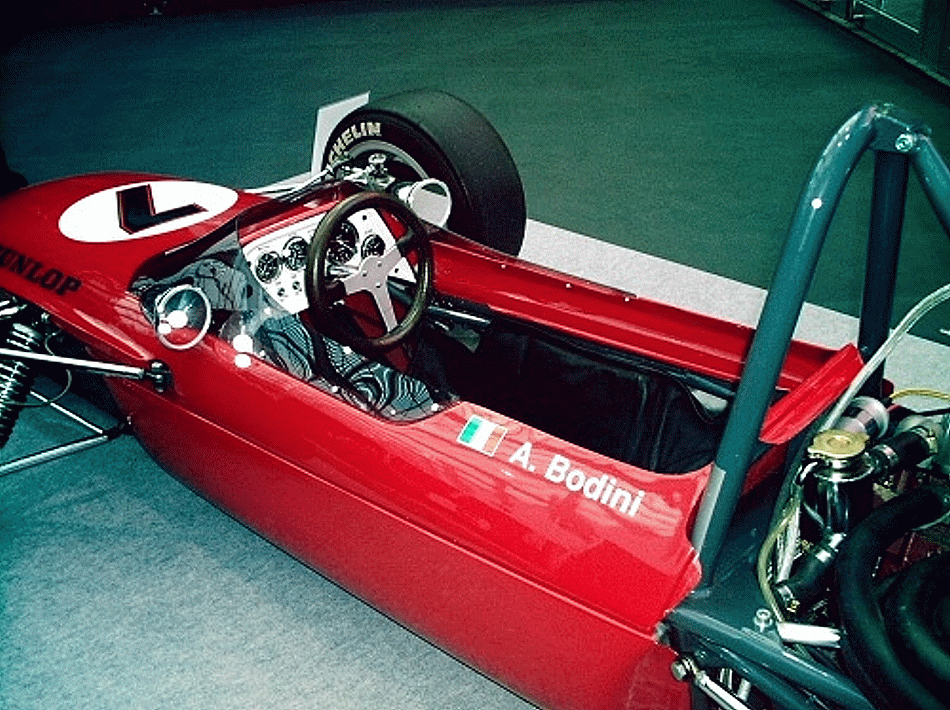
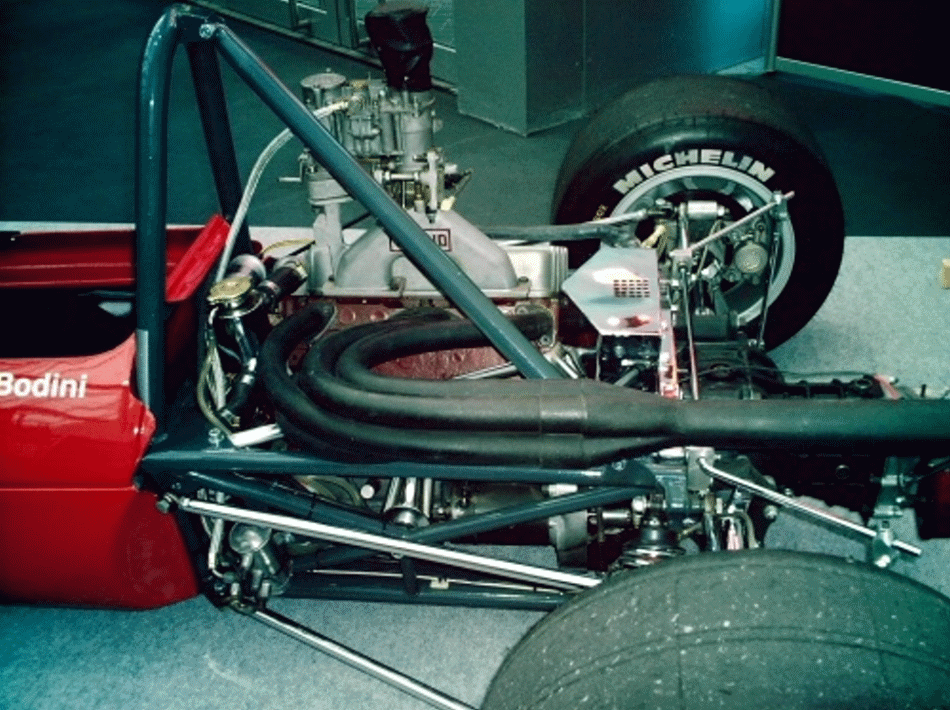
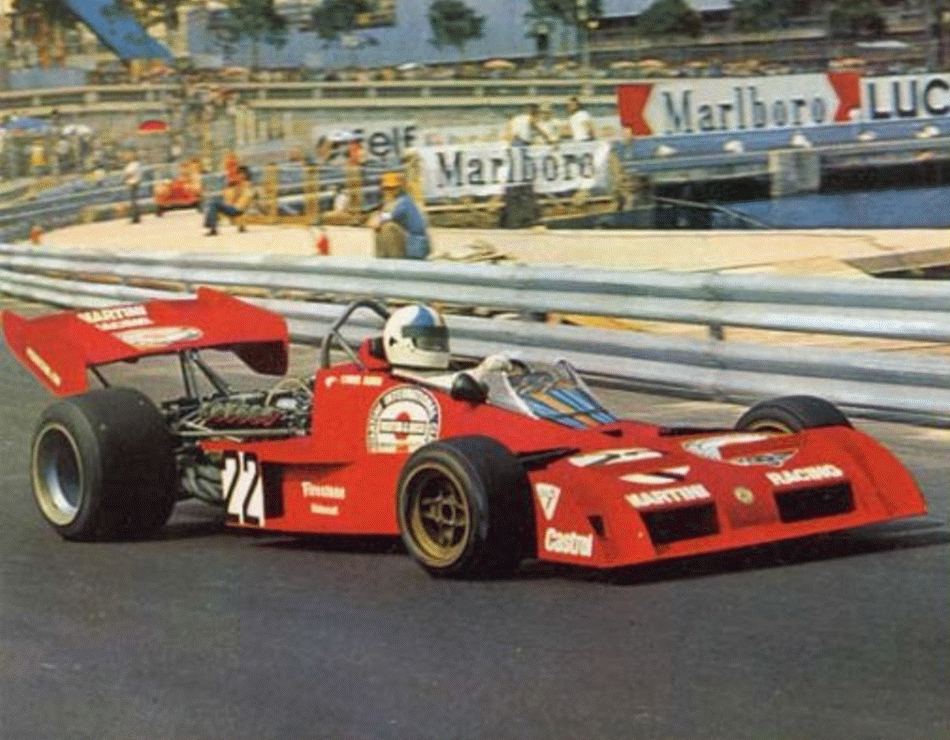
Videos
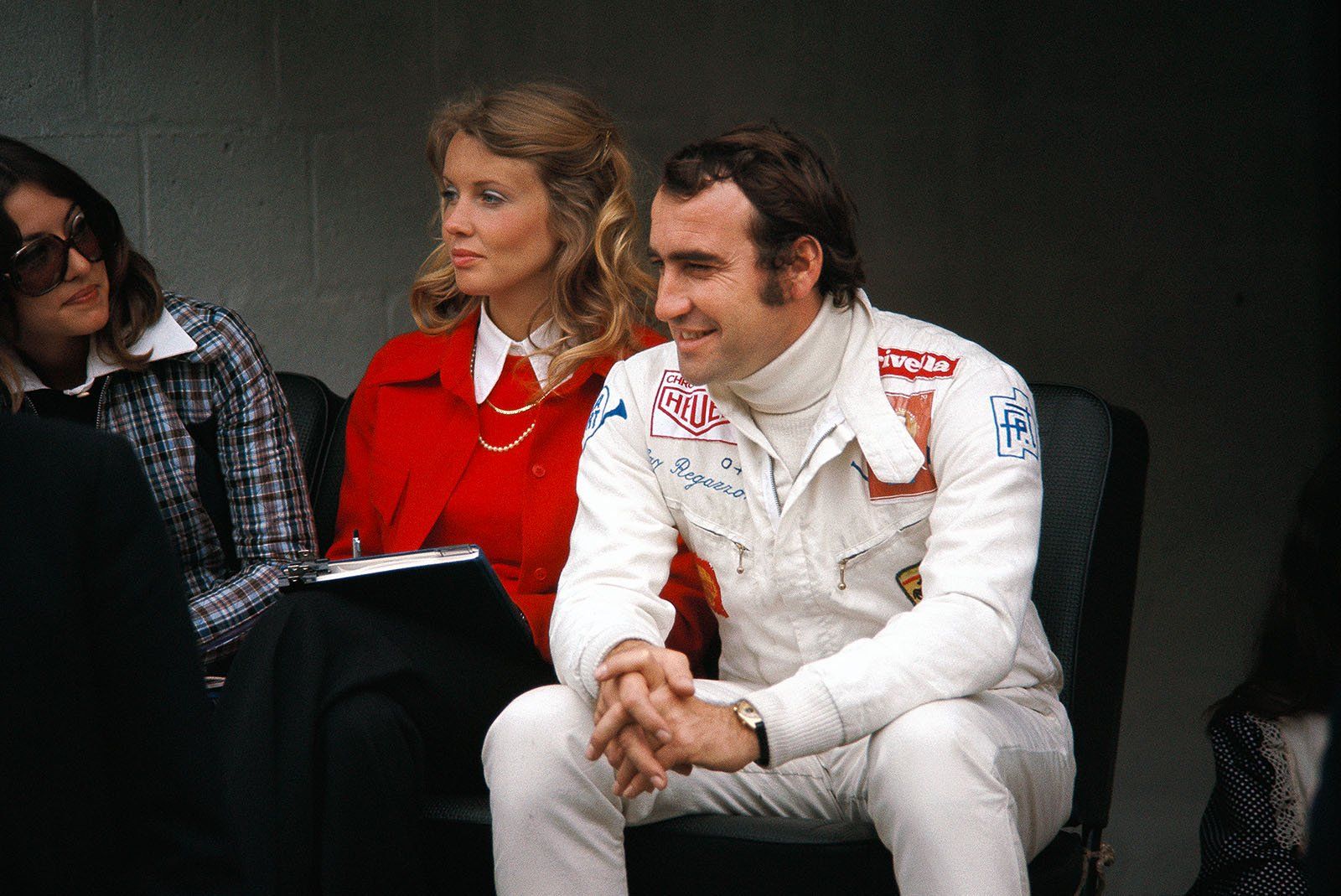

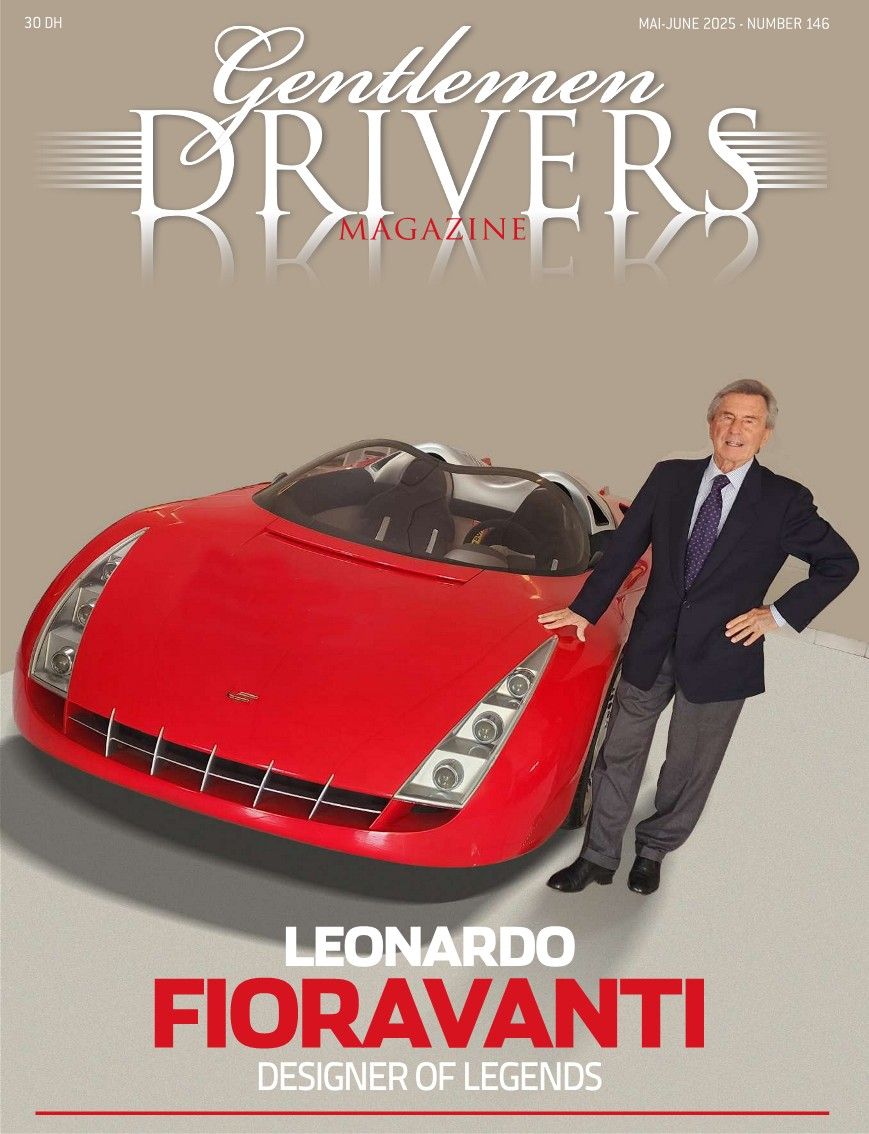
Comments
Authorize to comment